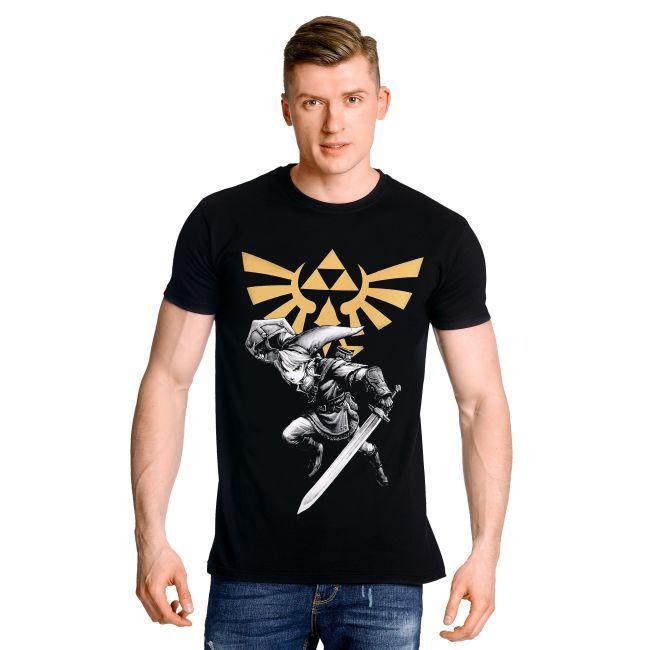When it comes to collecting merchandise from beloved franchises like The Legend of Zelda, distinguishing official products from counterfeit or unofficial items can be a challenge. With the popularity of the series soaring over decades, many fans seek authentic memorabilia that holds value both sentimentally and financially. Understanding how to spot official Zelda merchandise is essential for collectors and enthusiasts who want genuine items reflecting the quality and design intended by Nintendo.
One of the primary indicators of authenticity lies in packaging. Official Zelda merchandise typically features high-quality packaging with clear printing, vibrant colors, and accurate logos. The Nintendo seal of quality is a crucial mark to look for; this emblem assures buyers that the product has passed Nintendo’s standards. Counterfeit items often have blurry prints, spelling mistakes, or inconsistent fonts on their boxes or tags. Paying close attention to these details can save potential buyers from disappointment.
Materials used in official Zelda shop products are usually superior in quality compared to knock-offs. Whether it’s clothing, figurines, or accessories, authentic merchandise tends to use durable fabrics or sturdy plastics with fine detailing. For example, an officially licensed Link action figure will display intricate paintwork and precise sculpting that counterfeit versions often lack due to cost-cutting measures during production.
Another way to verify legitimacy is through licensing information printed on the item itself or its packaging. Authentic products carry licensing statements such as “Officially Licensed by Nintendo” along with copyright years matching release dates of related games or events. This information might appear on tags sewn into apparel or embossed onto collectible figures’ bases.
Purchasing from reputable retailers also increases chances of acquiring genuine Zelda goods. Major stores like GameStop, Amazon (through verified sellers), Best Buy, and specialty gaming shops generally stock official merchandise sourced directly from manufacturers authorized by Nintendo. Conversely, unknown vendors on auction sites may offer cheaper alternatives but risk selling fakes without guarantees.
Online communities dedicated to The Legend of Zelda fandom provide valuable insights into spotting real versus fake items too. Forums and social media groups often share images comparing authentic pieces with counterfeits highlighting telltale signs such as color discrepancies or missing trademarks.
Finally, price can sometimes indicate authenticity but should not be relied upon alone since rare official collectibles may command high prices while some counterfeits mimic these values deceptively.
In conclusion, identifying official Zelda merchandise involves careful examination of packaging quality, material craftsmanship, licensing marks, trusted purchasing sources, community advice-and a healthy dose of skepticism toward deals that seem too good to be true. By applying these guidelines thoughtfully when shopping for The Legend of Zelda collectibles and apparel fans ensure their treasures genuinely honor one of gaming’s most iconic adventures rather than falling prey to imitations lacking true value or connection to Hyrule’s timeless legacy.



